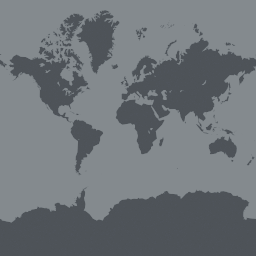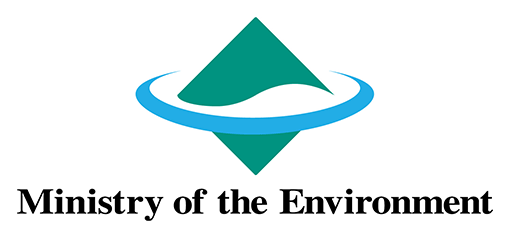Indonesia is known as a megadiverse country with about 1,900 species of butterflies, many endemic to certain islands. The Museum Zoologi Bogor established in 1894 holds butterfly collection an estimated 58,000 specimens with less than 5% being databased. Under a recent collaboration with Dr. Christoph Häuser, on the IndoBioSys project, the project team explored QR codes as unique identifiers for specimen digitization—a solution . We found this system very desirable and worth pursuing at larger scale.
For this project, digitization including the application of QR codes for specimens at MZB will be undertaken by hired assistants, with a first year focus on the family Papilionidae (Swallowtails) and selected economically important and endemic species of other families. Papilionidae are a priority group for biodiversity conservation, and include the magnificent birdwing butterflies. In Indonesia, there are about 120 species of Papilionidae including 50 endemics, and about 7,000 specimens at MZB. Though protection measures have been in place (Peggie, 2011), trade of these species remains a constant issue. Mobilization of specimen information will play an important part in decision making for conservation, taking into account temporal and spatial data from specimens. The existence of a butterfly garden and breeding program at LIPI in Cibinong will add data on life history crucial for consideration.
We will be working closely with Mfn (Berlin), Naturalis (Leiden), and other partners towards fully geo-referencing butterfly collection data from Indonesia. The partners will provide access to additional specimen data, thereby fill information gaps and also help build capacity. Thus, we expect to jointly mobilize significant datasets on Papilionidae and other SE-Asian butterfly groups to be shared through GBIF for wider use and greater advancement of knowledge.
Project Progress
In July 2019 the project participated in the GBIF Regional Engagement Meeting and Data Mobilization Workshop in Asia, which had a great impact on the implementation of the project. Workshop certification was received and by mid-term reporting, the project had published to GBIF five datasets with over 5,000 Papilionidae specimens.
In December 2019 data of Papilio peranthus at the captive-breeding facility was published in the Treubia journal and in February 2020 the project conducted a workshop to introduce data mobilization to butterfly enthusiasts and encourage them to become citizen scientists.
At the end of the project, the team published several databases on GBIF. These datasets included 8,835 Papilionidae specimens, which exceeded the initial target of 7,000. They also included 948 non-Papilionidae specimens, plus other butterfly observation records based on photographs taken by workshop participants. Since final reporting, the team has supplemented the total of over 9,700 butterfly specimens mobilized with an additional dataset of exotic specimens at MZB.
Post-project, the project team still intends to publish a catalogue printout of Papilionidae specimen data and a data paper of MZB’s Papilionidae specimens.
In addition to this, as the project team was successful to be awarded a second year of support from the BIFA programme, through a new BIFA project they will continue to further increase the mobilization of data on SE-Asian butterflies by working on other families of butterflies.



